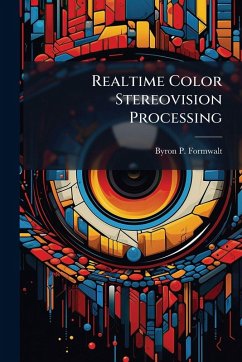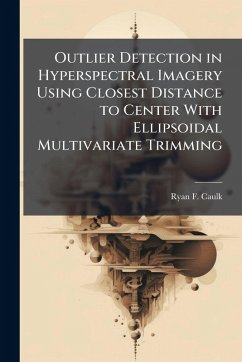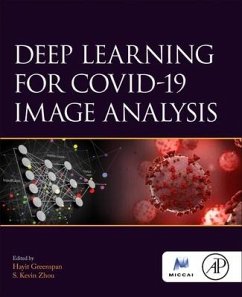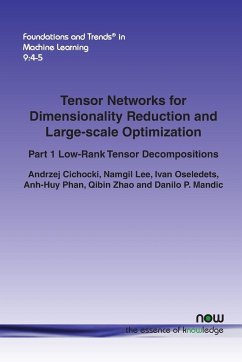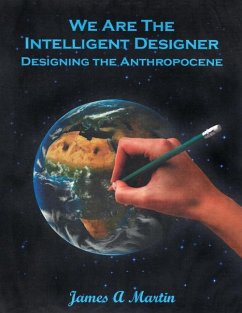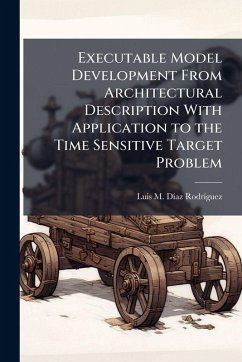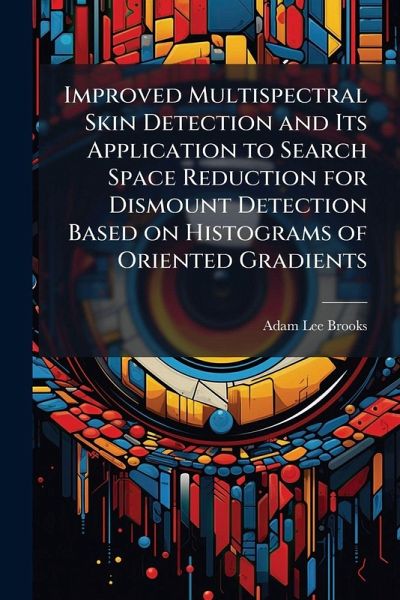
Improved Multispectral Skin Detection and Its Application to Search Space Reduction for Dismount Detection Based on Histograms of Oriented Gradients
Versandkostenfrei!
Versandfertig in über 4 Wochen
18,99 €
inkl. MwSt.
Weitere Ausgaben:

PAYBACK Punkte
9 °P sammeln!
Due to the general shift from conventional warfare to terrorism and urban warfare by enemies of the United States in the late 20th Century, locating and tracking individuals of interest have become critically important. Dismount detection and tracking are vital to provide security and intelligence in both combat and homeland defense scenarios including base defense, combat search and rescue (CSAR), and border patrol. This thesis focuses on exploiting recent advances in skin detection research to reliably detect dismounts in a scene. To this end, a signal-plus-noise model is developed to map mo...
Due to the general shift from conventional warfare to terrorism and urban warfare by enemies of the United States in the late 20th Century, locating and tracking individuals of interest have become critically important. Dismount detection and tracking are vital to provide security and intelligence in both combat and homeland defense scenarios including base defense, combat search and rescue (CSAR), and border patrol. This thesis focuses on exploiting recent advances in skin detection research to reliably detect dismounts in a scene. To this end, a signal-plus-noise model is developed to map modeled skin spectra to the imaging response of an arbitrary sensor, enabling an in-depth exploration of multispectral features as they are encountered in the real world for improved skin detection. Knowledge of skin locations within an image is exploited to cue a robust dismount detection algorithm, significantly improving dismount detection performance and efficiency This work has been selected by scholars as being culturally important, and is part of the knowledge base of civilization as we know it. This work was reproduced from the original artifact, and remains as true to the original work as possible. Therefore, you will see the original copyright references, library stamps (as most of these works have been housed in our most important libraries around the world), and other notations in the work. This work is in the public domain in the United States of America, and possibly other nations. Within the United States, you may freely copy and distribute this work, as no entity (individual or corporate) has a copyright on the body of the work. As a reproduction of a historical artifact, this work may contain missing or blurred pages, poor pictures, errant marks, etc. Scholars believe, and we concur, that this work is important enough to be preserved, reproduced, and made generally available to the public. We appreciate your support of the preservation process, and thank you for being an important part of keeping this knowledge alive and relevant.



